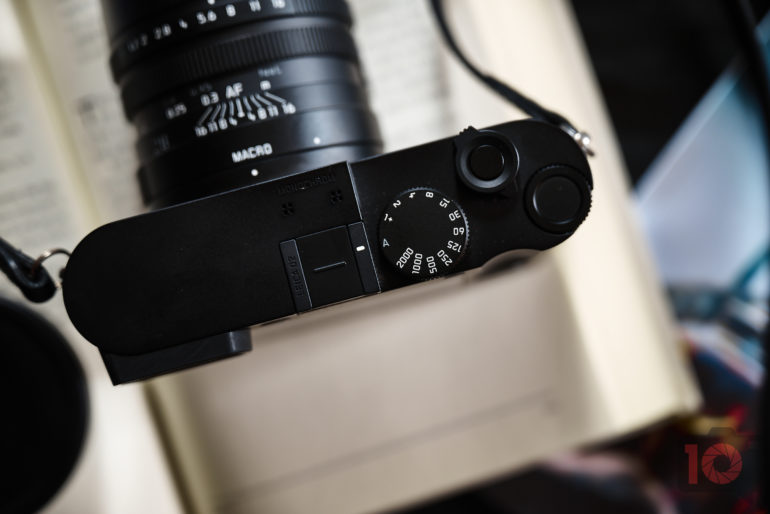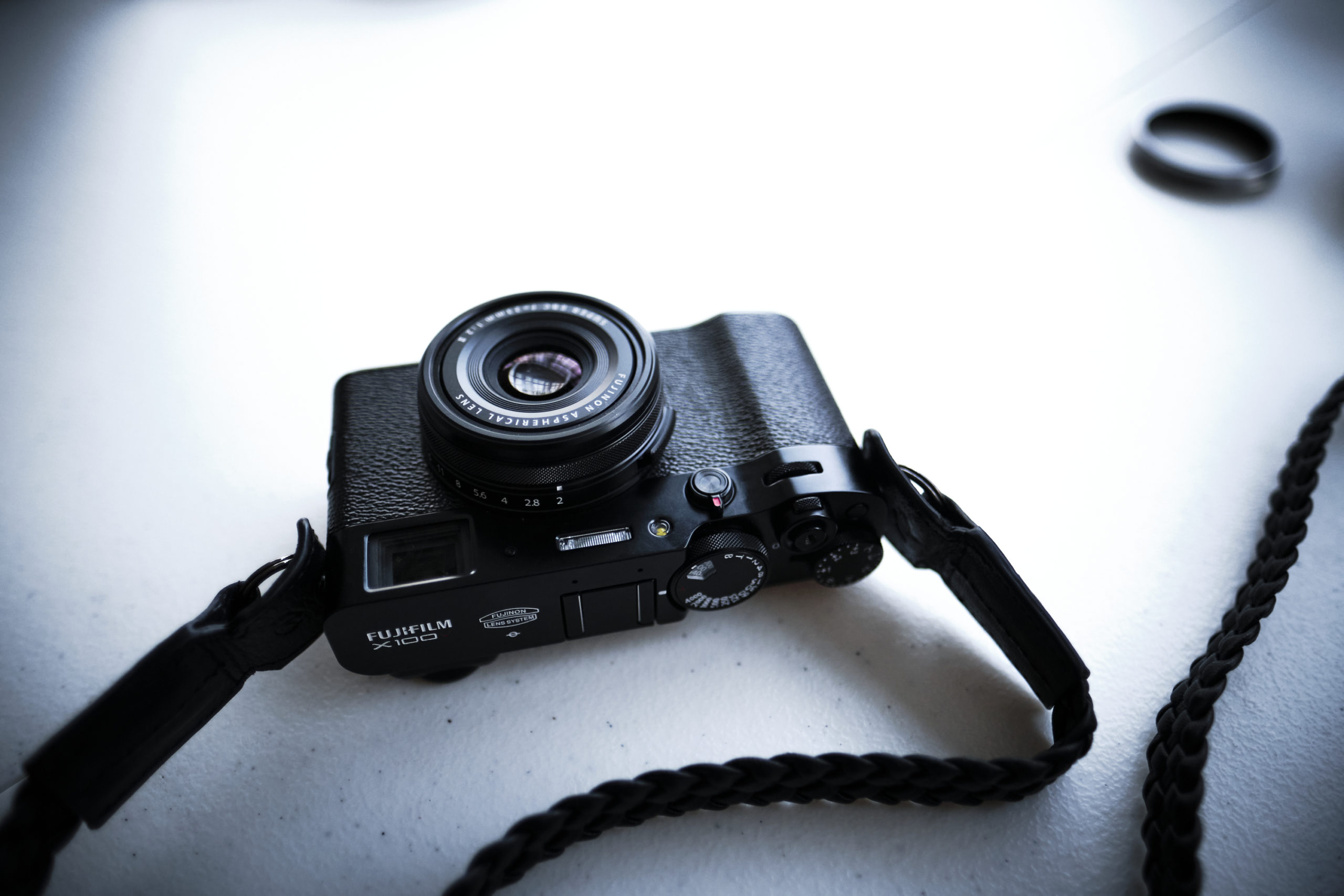It’s really, really sad. The world of good point-and-shoot cameras is pretty much gone. And in 2022, I’d be shocked if it comes back. Though honestly, with the major component issues, it wouldn’t be a bad idea to bring them back. They’re an affordable way (for the manufacturers) to get more cameras sold. I know tons of photographers that would love a good point-and-shoot camera. I, myself, have many times wished that I had one on me. And the times that I have the most fun testing cameras is when I use good point-and-shoot cameras.
You can view this article and much more with minimal banner ads in our brand new app for iOS, iPadOS, and Android. And for $24.99/year, you can have a banner ad-free experience.
According to the October CIPA statistics, DSLRs these days outnumber point and shoot camera sales. Given what The Phoblographer sold via affiliate efforts last year, I’m positive that most of them were the Fujifilm X100v. In the past few years, the Fujifilm X100V (review) and the Leica Q2 (review) are the only really good point and shoots to come out. Panasonic’s last LX100 attempt neglected weather resistance. Canon hasn’t updated to G1x in years. I’m convinced that the Sony RX1R series died because Sony and Zeiss called off their relationship. After all, Zeiss made the ZX1, but no one pays attention to it despite it having a great idea. Nikon had a slew of good point-and-shoot cameras slated to come out that never saw the light of day.

So what happened? Some manufacturers will say that people don’t want point-and-shoot cameras. But I can’t disagree more. In fact, they’re willing to pay a lot of money for them. Don’t believe me? Enter the Contax T2. Indeed, the Contax T2 should’ve been the camera that Zeiss tried to make. Did you know that it goes for an insane price? In fact, I’d be in love with an idea like this. Follow me here:
- A small point and shoot with an EVF
- It’s got a full touch screen interface
- A nice prime lens with a flash on the front like all of those old-school point and shoots
- Full-frame or APS-C sensor
- Weather resistance
- Fully automatic metering. I say this because it will make photographers just point, shoot, and forget about the rest. There are lots of fantastic film point and shoots that do the same thing.
- There could be a manual version, but then in that case, I’d say just get an interchangeable lens camera.
- Charging via USB-C
- Bluetooth and Wifi
- Built-in storage, lots of it
- Around $2,000
Let’s be honest, a good point-and-shoot camera like this doesn’t need to have the newest and greatest camera sensor. Sony’s older 24MP and 36MP sensors are more than good enough. And this would be a camera that photographers bring with them to parties, have fun with, and don’t worry about all that much. Lots of folks would buy it. And more importantly, photographers would probably use it for a long time. Plus, the camera manufacturer making it could have a long repair program with it.
A good point-and-shoot camera like this would address a really big need for a party camera. Right now a lot of folks like to use Instax cameras. It’s kind of clumsy to bring around an interchangeable lens camera unless you’re being paid to shoot the party or do it in a professional manner. So why not have a good point and shoot that just makes things fun. Why do I have to use my phone? Why did camera manufacturers just give up that battle? Sure, you’re never going to win over the masses of consumers again. But you’ll win over the folks who care about passion products. And unless you’re shooting professionally these days, cameras are passion products. The small, vocal minority of professional photographers are often the ones who define what features folks want. But why? Most people who buy cameras are what manufacturers call hobbyists, but I call passionate photographers.


